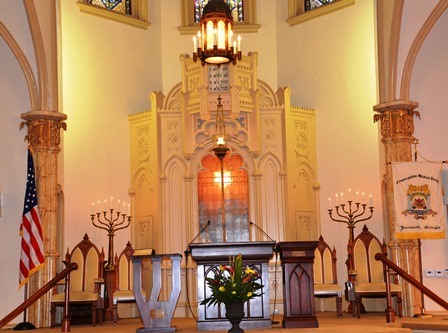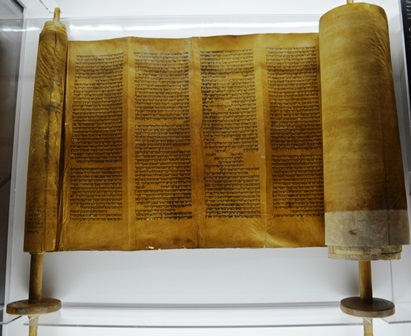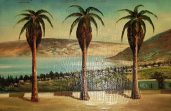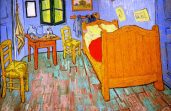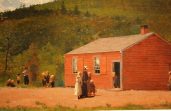Rosh Hashanah and Yom Kippur
“May you be inscribed (in the Book of Life) for a Happy Year.”
“Le shanah tovah tikateiv veteichateim,”
The photograph above is from the interior of Mickve Israel of Savannah Georgia, which is home to the two oldest Torah’s in the United States, and the only ones, according to our guide, at the Temple, to be made of deer skin, which is highly non-traditional; it is believed, because they were made in Iberia, most likely prior to the Inquisition, that the aquisiton of deer skin, raised less suspicion than of a more traditonal medium.
In 1726 “ a group of thirty-four Jews, including Dr. Diego (Samuel) Nunez Ribeiro and other founders of Mickve Israel, flee Portugal and settle in London, where they receive support from the Bevis Marks Synagogue. In 1730 James Oglethorpe and twenty assoicates request a royal charter to establish a colony south of Carolina. Georgia is established in 1733 and named for King George II. In January 1733 the William and Sarah leaves London with forty-two Jewish passengers on board for the long and dangerous journey to the New World. Thirty four are Sephardic from Portugal and the rest are Ashkenazic Germans. On July 11, 1733, forty-one Jews arrive at the port of Savannah. One child dies on the journey. These brave families represent the largest single immigration of Jews to North America during colonial times, and Kahal Kadosh Mickva Israel becomes the first Jewish congregation in the South and the third in the colonies.”
As Jews get ready to mark their High Holy Days, I find this may be a good time for the rest of us, to reflect on the beauty and depth, of what these Days mean, and on how deeply embedded Jewish roots are in our nation, helping to build and define America.
Rosh Hashanah, the Jewish New Year, begins at sundown on September 13 and is celebrated through September 15; while the holiest day of the year, for Jews everywhere, Yom Kippur, the Day of Atonement, begins at sunset on September 22 and ends on September 23, at sunset. The ten days in between Rosh Hashanah and Yom Kippur are known as Yamim Noraim, the Days of Awe; this is a time of repentance and atonement.
The New Year is ushered in according to Leviticus 23, with the sounding of the Shophar, calling Jews to seek God’s forgiveness, reflecting on Him and His desire for mankind; hoping for a sweet and happy new year, an apple dipped in honey, is consumed with joy!
Yom Kippur is marked with fasting and deep reflection, praying for forgiveness of sins, and determining to repent and make amends for deeds unpleasing to God, again as Leviticus 23 calls for. “The Mishnah (Yoma VIII, 9) tells us that ‘when a person says I shall sin and Yom Kippur will procure forgiveness, Yom Kippur will not procure forgiveness.’ Furthermore, ‘it is only for the transgressions against God that Yom Kippur atones, but as for transgressions against our neighbor, there can be no atonement until we have first righted any wrongs we may have committed.”[i]
“This Torah was a gift to the new congregation from Mr. Lindo of the Bevis Marks Synagogue in London. Savannah’s first Jewish settlers carried it to the New World aboard the William and Sarah in 1733.”
“The Hebrew script is Sephardic style, and it was most likely scribed in Spain or Portugal prior to the Inquisition. Every year on the Sabbath closes to the July 11th anniversary of the settlers’ arrival this Torah scroll is read from during the service.”
“Awake from your slumbers and ponder your deeds. Remember your Creator . . . look well to your souls and consider your actions. Forsake each one of your evil thoughts and ways and return to god so that He may have mercy upon you.”
~ Rabbi Moses Ben Maimon (Maimondies) ~
[i] Introduction to Judaism, by Isidore Fishman, London, 1966.

